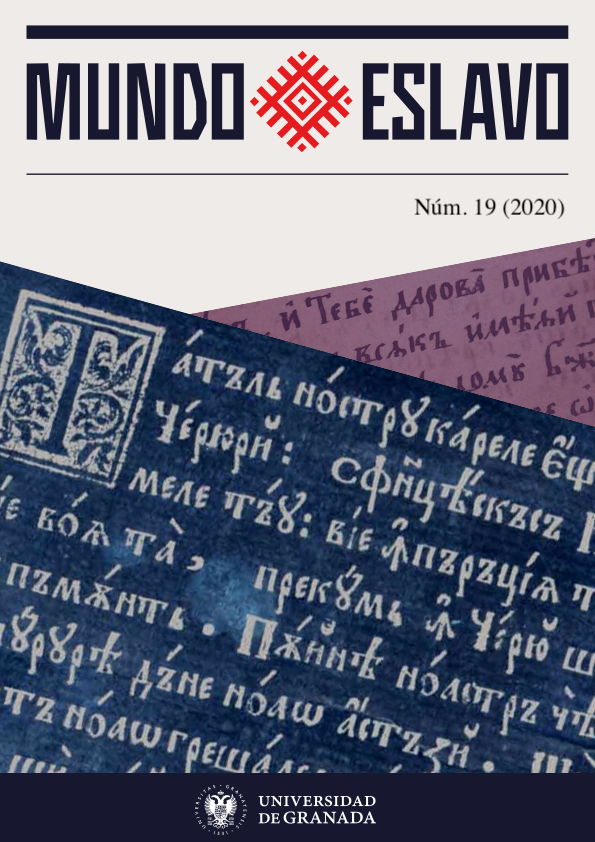The Media Image of the Country in Political Discourse: Speech Methods of Creation
Palabras clave:
the media image, a political discourse, official statements by the Ministry of Foreign Affairs, an impact, speech methodsResumen
Modern politics penetrates all spheres of human existence. This undoubtedly intensifies the study of politicaldiscourse. Along with the development of traditional peculiar features (institutional, special informativeness,semantic uncertainty, and many others), new ones arise due to the modern context. Open media landscape andvirtual communication transform both the structure of the subject of political leverage from an individual politicianto a large party, a state, and the object of home or foreign general public, which further influences the language ofthe text as well as its genre and style. This article considers the statements of the Ministries of Foreign Affairsexpressing the official point of view on an event. Official statements made by the Ministry of Foreign Affairs of acountry form a special genre that combines both a spoken and a written forms of messages accompanied by amandatory web version. One of the goals of such statements is to create a specific media image of the country - thespeech image of both the homeland and the partner/opponent country aimed at shaping the public opinion andvalues of the addressee. To carry out the analysis we applied the method of isolating semantic dominants in order todetermine the main speech methods of creating the image of the country. The investigation was conducted on thematerial of the official statements of the Ministry of Foreign Affairs of Russia and Poland made from 2010 to 2018with such functional units as Pol’sha [Poland], polyaki [the Poles] and their contextual synonyms Varshava[Warsaw], pol’skiye vlasti [Polish government], pol’skaya storona [the Polish party] and Rosja, rosyjski, Rosjanin.The findings of the study can be disseminated onto the political discourse as a whole as well as on its linguisticfeatures.Descargas
Descargas
Archivos adicionales
Publicado
Cómo citar
Número
Sección
Licencia
Los autores conservan los derechos de autor sobre sus trabajos y garantizan a la revista el derecho de ser la primera publicación del mismo. Los artículos se publican bajo la licencia Creative Commons Atribución-NoComercial 4.0 Internacional (CC BY-NC-SA 4.0), lo que permite a los lectores y otros investigadores copiar, redistribuir, remezclar, transformar y construir a partir del material, siempre que se respeten las condiciones establecidas.













